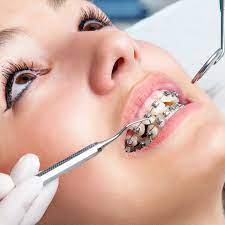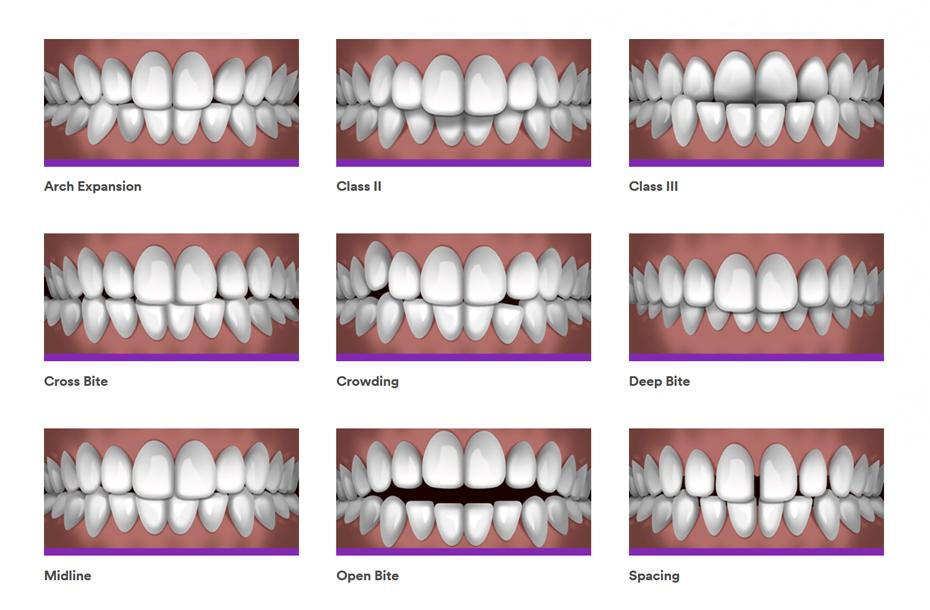The 7-Minute Rule for Causey Orthodontics
Table of ContentsThe Greatest Guide To Causey OrthodonticsGetting My Causey Orthodontics To WorkThe 10-Second Trick For Causey OrthodonticsThe Definitive Guide to Causey OrthodonticsA Biased View of Causey Orthodontics
Ignoring occlusal partnerships, it was normal to get rid of teeth for a selection of dental issues, such as malalignment or overcrowding. The idea of an undamaged dentition was not widely appreciated in those days, making bite correlations appear unnecessary. In the late 1800s, the concept of occlusion was vital for producing trusted prosthetic replacement teeth.As these principles of prosthetic occlusion proceeded, it became an indispensable device for dentistry. It was in 1890 that the work and effect of Dr. Edwards H. Angle began to be felt, with his payment to contemporary orthodontics particularly significant. Concentrated on prosthodontics, he taught in Pennsylvania and Minnesota prior to routing his interest in the direction of dental occlusion and the treatments required to keep it as a regular condition, thus becoming understood as the "father of contemporary orthodontics".

The principle of ideal occlusion, as proposed by Angle and incorporated into a category system, made it possible for a change towards dealing with malocclusion, which is any inconsistency from typical occlusion. Having a complete collection of teeth on both arches was highly demanded in orthodontic treatment because of the demand for precise relationships between them.
The Best Guide To Causey Orthodontics
As occlusion ended up being the crucial top priority, face percentages and looks were neglected - orthodontist near me. To achieve optimal occlusals without using external forces, Angle postulated that having excellent occlusion was the finest way to get optimal facial visual appeals. With the passing away of time, it became quite apparent that even an outstanding occlusion was not appropriate when taken into consideration from an aesthetic perspective
It ended up being noticeable that orthodontic therapy could adjust mandibular development, causing the formation of practical jaw orthopedics in Europe and extraoral force measures in the US. These days, both practical home appliances and extraoral devices are applied around the world with the purpose of modifying growth patterns and types. Consequently, pursuing true, or a minimum of improved, jaw relationships had come to be the major goal of treatment by the mid-20th century.
5 Simple Techniques For Causey Orthodontics
 Until the mid-1970s, dental braces were made by covering metal around each tooth. https://citysquares.com/b/causey-orthodontics-25774545., it ended up being feasible to rather bond metal brackets to the teeth.
Until the mid-1970s, dental braces were made by covering metal around each tooth. https://citysquares.com/b/causey-orthodontics-25774545., it ended up being feasible to rather bond metal brackets to the teeth.This has had meaningful impacts on orthodontic therapies that are carried out regularly, and these are: 1. Proper interarchal relationships 2. Appropriate crown angulation (tip) 3.
The advantage of the design hinges on its bracket and archwire combination, which needs just minimal cord flexing from the orthodontist or medical professional (orthodontist services). It's aptly called after this function: the angle of the slot and thickness of the brace base inevitably determine where each tooth is positioned with little demand for added manipulation
The 5-Second Trick For Causey Orthodontics
Both of these systems used identical brackets for every tooth and required the bending of an archwire in 3 planes for situating teeth in their desired settings, with these bends dictating utmost placements. When it comes to orthodontic devices, they are separated into two types: removable and fixed. Detachable devices can be taken on and off by the individual as required.

Therefore, nearly all modern fixed home appliances can be thought about variations on this edgewise appliance system. Early 20th-century orthodontist Edward Angle made a significant payment to the globe of dentistry. He produced four unique device systems that have been used as the basis for many orthodontic treatments today, disallowing a few exemptions.
Causey Orthodontics - The Facts

The cord ended in a thread, and to relocate ahead, a flexible nut was used, which enabled an increase in area. By ligation, each private tooth was connected to this expansive archwire (orthodontist services). As a result of its limited variety of movement, Angle was incapable to accomplish specific tooth positioning with an E-arch
These tubes held a firm pin, which can be repositioned at each consultation in order to move them in position. Referred to as the "bone-growing appliance", this gizmo was theorized to urge much healthier bone growth as a result of its capacity for transferring pressure directly to the origins. Executing it proved frustrating in reality.
Comments on “Some Ideas on Causey Orthodontics You Need To Know”